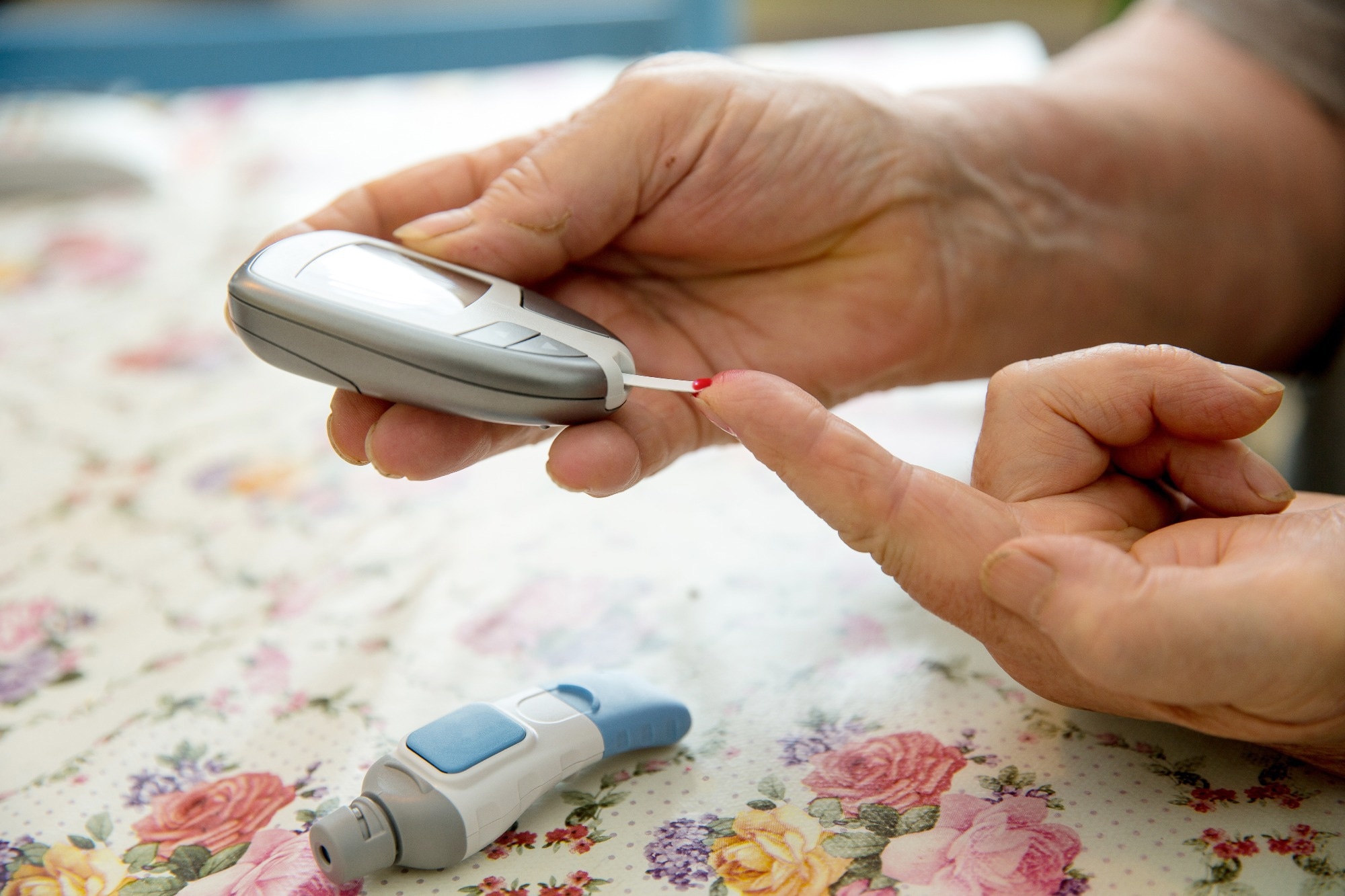A recent study published in the JAMA Network Open Journal assessed the safety and efficacy of danuglipron in type 2 diabetes (T2D) patients.
 Study: Efficacy and Safety of Oral Small Molecule Glucagon-Like Peptide 1 Receptor Agonist Danuglipron for Glycemic Control Among Patients With Type 2 Diabetes. Image Credit: urbans/Shutterstock.com
Study: Efficacy and Safety of Oral Small Molecule Glucagon-Like Peptide 1 Receptor Agonist Danuglipron for Glycemic Control Among Patients With Type 2 Diabetes. Image Credit: urbans/Shutterstock.com
Background
Glucagon-like peptide 1 receptor (GLP-1R) agonists are recommended for T2D patients according to glycemic need, comorbidities, and risk factors.
Existing GLP-1R therapies involve peptide agonists, and many are subcutaneously administered, which could be unsuitable and inconvenient for some patients, leading to poor adherence and uptake.
Only one orally-administered peptide GLP-1R agonist is available but with stringent fasting restrictions pre- and post-administration.
Danuglipron is a small-molecule oral GLP-1R agonist currently studied as an adjunct to exercise and diet in T2D patients. It has been shown to stimulate glucose-dependent insulin release in a humanized mouse model, with comparable efficacy as peptide GLP-1R agonists.
A phase 1 study observed lower glycemic indices and body weight upon danuglipron treatment with favorable pharmacokinetic and safety profiles in adult T2D patients taking metformin.
About the study
In the present study, researchers examined the safety, tolerability, and effectiveness of danuglipron in adults with T2D with or without metformin use. This phase 2b randomized clinical trial (RCT) was conducted between July 2020 and July 2021 across the United States, Taiwan, Slovakia, Poland, South Korea, Hungary, Canada, and Bulgaria.
Adult T2D patients on diet and exercise therapy with or without metformin use participated in this trial if their hemoglobin A1c (HbA1c) was between 7% and 10.5% at screening. Sex and race were self-reported by participants. Metformin patients should have received a stable dose for at least 60 days before screening.
Metformin users continued with the same dose throughout the trial unless changes were medically indicated. Participants were equally randomized to receive a placebo or one of the five target doses of danuglipron (2.5 mg, 10 mg, 40 mg, 80 mg, or 120 mg). They were stratified by country and metformin usage. Placebo or danuglipron was orally administered twice with food for 16 weeks.
The primary efficacy endpoint was the change in HbA1c at week 16 from baseline. Safety was investigated throughout the intervention and follow-up periods. Secondary efficacy endpoints were HbA1c changes at multiple time points, the proportion of patients attaining HbA1c < 7% at week 16, and changes in body weight and fasting plasma glucose (FPG).
Findings
The trial included 411 participants with an average age of 58.6, HbA1c of 8.07%, and BMI of 32.9 kg/m2. Most participants (91%) were metformin users. Clinical and demographic characteristics were similar between treatment groups. All danuglipron groups had a significant dose-responsive decline in HbA1c at week 16 relative to placebo recipients.
The least-squares mean difference in HbA1c change was -1.16% for participants receiving 120 mg danuglipron compared to placebo recipients. At week 16, 31% to 65% of participants across danuglipron groups had less than 7% HbA1c compared to 8% for the placebo group. Further, FPG was significantly lower at week 16 across danuglipron groups than placebo recipients.
Notably, weight was significantly reduced at week 16 in 80 mg and 120 mg danuglipron groups only. Around 55% of participants experienced 538 treatment-emergent adverse events (TEAEs).
TEAEs were observed in 46% to 64% of subjects across danuglipron groups and 48% of placebo subjects. Most TEAEs (68%) were classified as mild. Thirteen subjects experienced severe TEAEs; one serious TEAE was determined to be treatment-related.
No deaths occurred during the intervention period. However, three subjects died due to coronavirus disease 2019 (COVID-19) in the follow-up period, deemed unrelated to treatment. Nausea, diarrhea, and vomiting were the most common TEAEs.
More participants with higher danuglipron doses reported these TEAEs. Severe hypoglycemia episodes did not occur. Adverse trends in vital signs were not detected.
Conclusions
The study observed reductions in HbA1c and FPG with all danuglipron doses and body weight with 80 mg or higher doses after 16 weeks of treatment in T2D patients.
Decreases in FPG and HbA1c were evident from week two onwards, with a few exceptions for lower doses. More participants receiving danuglipron achieved the glycemic target of HbA1c < 7% than placebo subjects.
Moreover, the proportion of subjects achieving this target increased with the dose of danuglipron. This phase 2b trial revealed body weight and glycemic efficacy with multiple danuglipron quantities in a clinically relevant period in adult T2D patients. The efficacy and safety of danuglipron were consistent with peptide GLP-1R agonists but without fasting restrictions.
